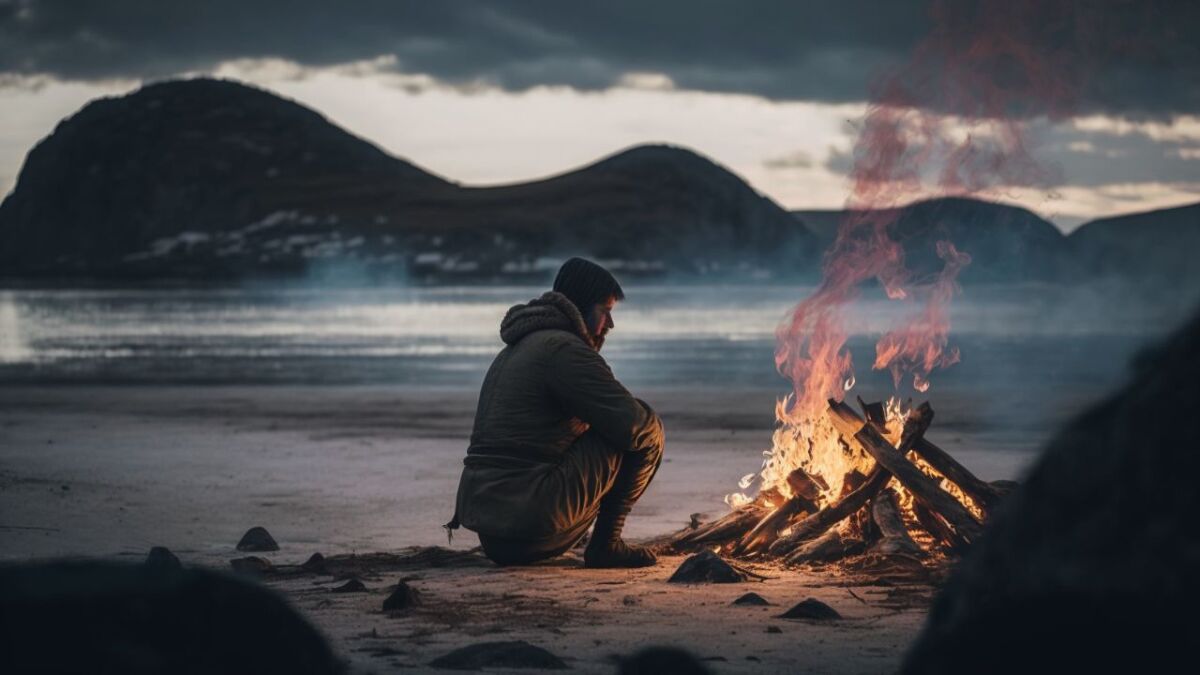
The ultimate survival list: These 7 things you need on a deserted island
👉 The key facts from this guide
- The seven most important things to bring to a deserted island are: cutting tool, fire starter, metal container, fishing set, tarp, rope, or cord and a first aid kit.
- A cutting tool like a knife or machete is essential for survival, since it can be used for cutting wood and catching food.
- Fire starter is essential for igniting a fire which is needed for warmth, cooking and signaling.
- A metal container is useful for collecting, boiling and storing water.
- A fishing set can be used to catch fish and secure a protein source.
- A tarp provides protection against weather conditions and can also serve as a shelter.
- A first aid kit is essential for medical care in case of injuries or illnesses.
A lonely island may be a dream for many people, but it can also become a nightmare.
However, if you are prepared, you can survive on a lonely island.
In this article, we will look at the seven things that you absolutely need to survive on a lonely island and how to live on an island permanently.
I will be examining in depth the needs and requirements that surviving on a lonely island entails.
Additionally, I will consider what skills and resources you need to be happy and healthy on an island.
What are the seven things I would take to a lonely island?
It is important to note that each lonely island is different and that the 7 items to bring can vary depending on the environment and purpose.
Naturally, an island at the North Pole is different from a tropical island in the south.
Your equipment will adapt according to the area and climate.
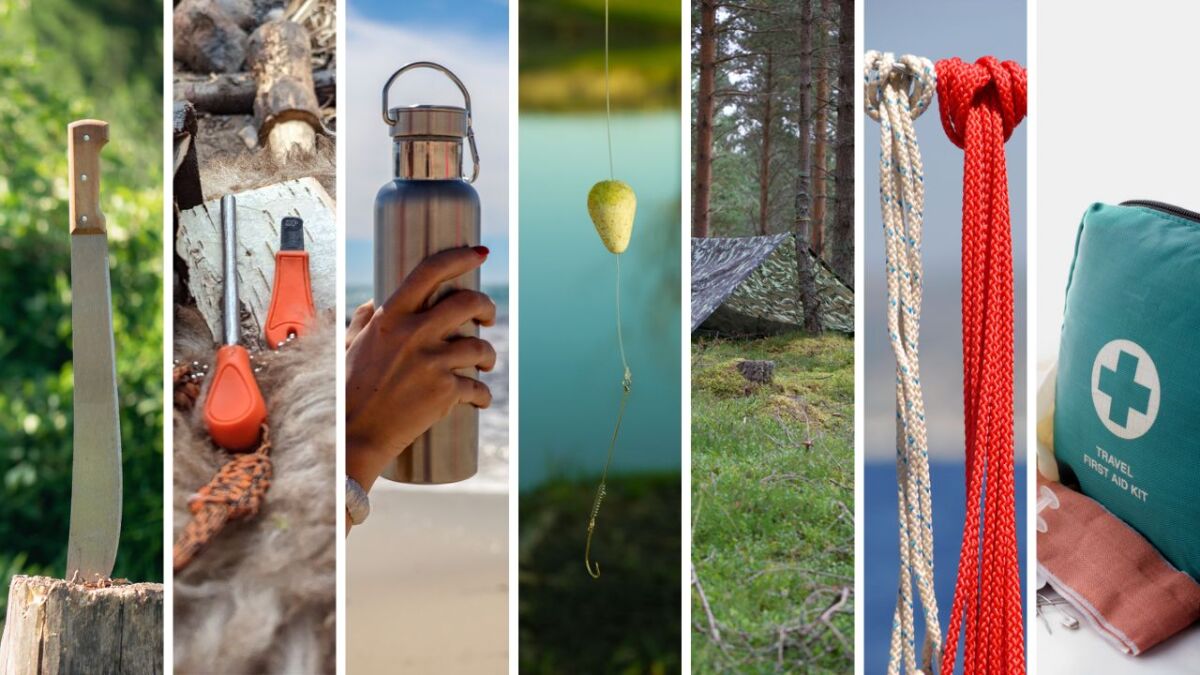
Here is my list, which I would take for a temperate or tropical climate. I am already carrying a backpack on my body, so it does not count as an equipment option.
If you must set foot on a lonely island, there are some essential things that you should bring to increase your chances of survival.
- Knife/Machete: for cutting wood and catching food.
- Firesteel: for igniting fires for warmth, cooking, and signaling.
- Metal container: for collecting, boiling, and storing water.
- Fishing line and hooks: for catching fish.
- Tarp: for protection against the elements.
- String: useful for many tasks such as building shelter or gathering food.
- First aid kit: for medical care.
Let's dive deeper into the different pieces of equipment.
1. Cutting Tool
Imagine being stranded on a deserted island with only what you have on you. What would you absolutely not forget to bring?
Well, I can tell you that a cutting tool, such as a survival knife, machete, or khukuri, should be at the top of the list.
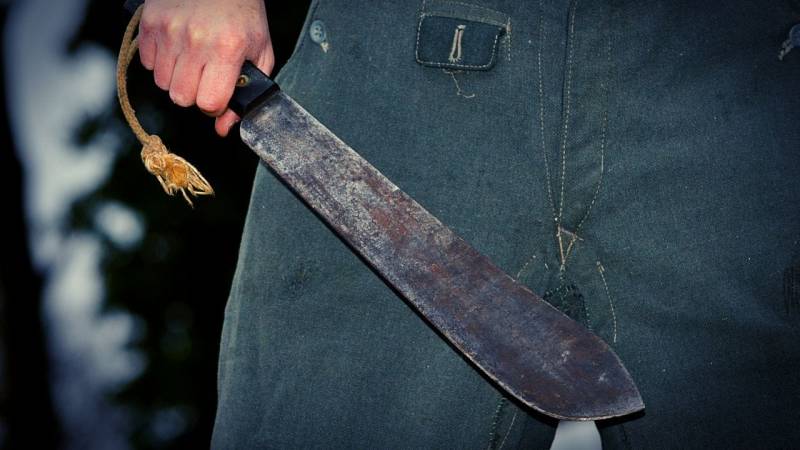
This thing is like a super tool - it can do everything from preparing meals to making tools. And it can protect you from animals in case of an emergency.
You definitely don't want a knife that breaks at the first challenge, so look for a durable blade, a full-tang model, and a secure grip.
Why a machete is the ultimate survival weapon in the tropical jungle?
This little wonder tool can do it all, from navigating through densely forested areas to preparing materials for building shelters.
With a machete, you can cut fruits from trees and bushes to provide yourself with nutrients and, in emergencies, use it as a weapon to protect yourself from wild animals. It's also useful for quickly making firewood.
The fact is: a machete is an absolute must-have for any survival enthusiast in the tropical jungle.
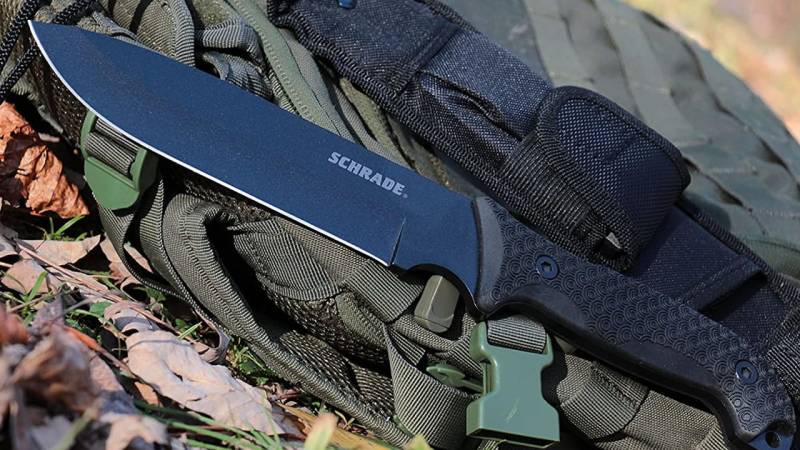
Always keep your khukuri handy, take care of it, and keep it protected in its sheath when you don't need it. Use your cutting tool only when necessary – it's an essential item.
So, if you ever find yourself on a deserted island, make sure you have a sturdy cutting tool like a machete or a survival knife (here's my top list) with you. It could save your life!
P. S. In tropical climates, I would recommend a machete or khukuri, as they are simply better for hacking.
2. Firestarter
Speaking of survival on a deserted island, fire is probably one of the most important factors. It keeps you warm, dry, cooks your food, keeps mosquitoes away, and scares off other animals.
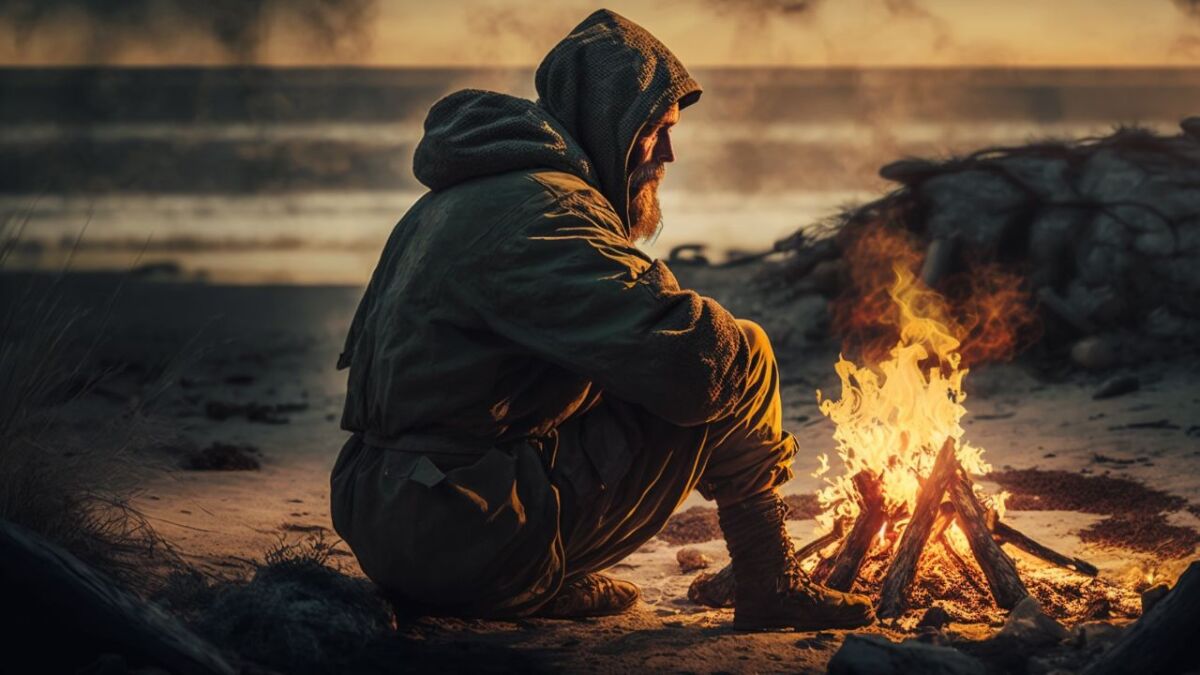
I clearly prefer to use a fire steel. A fire steel is like a little angel in times of need.
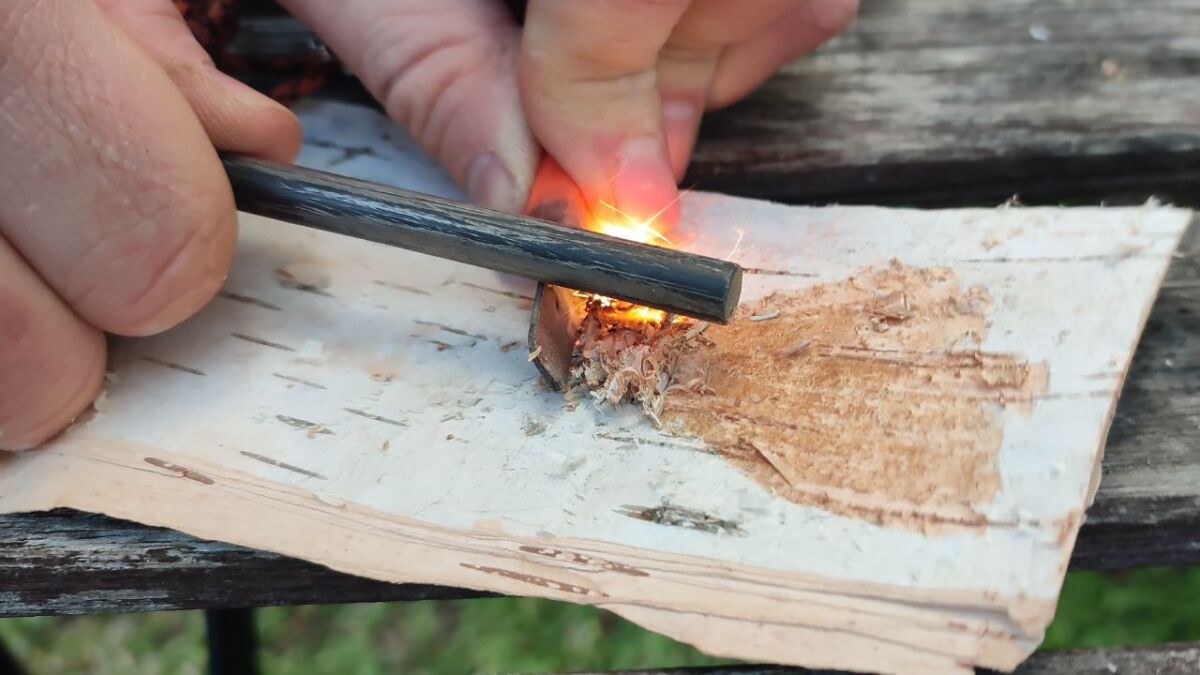
A fire steel (here's my top list) has several advantages over other methods for making fire. Here are some of them:
- Reliability: A fire steel can be used in almost all weather conditions, including rain and wind.
- Durability: A fire steel lasts forever and does not need to be replaced regularly like matches or lighters.
- Independence: A fire steel does not require an external source of energy, such as lighter gas or lighter fluid, so it can also be used in remote areas.
In addition, it is easy to use - you just need to practice a little (here's my guide) to master the technique, but it is worth it.
Here's a short video of me showing how quick it is to ignite a fire with a fire steel:
And here's how the fire steel works: It consists of a metal alloy that can produce strong sparks when scraped. This metal alloy ignites when scraped and friction generates a spark.
These sparks fall on dry material such as tinder, and voilà, the fire burns.
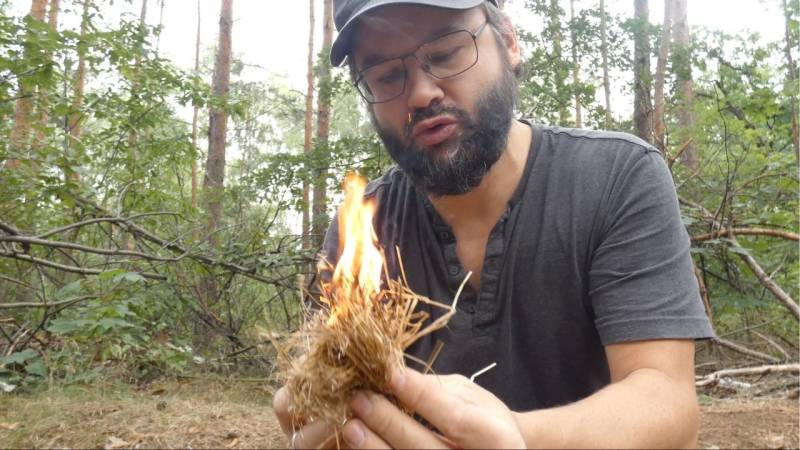
So, if you're stranded on a deserted island, make sure you have a fire starter with you, especially a fire steel. It will greatly facilitate your survival on the island.
3. Metal container
The next important survival tool on a deserted island is a reliable water purification system.
You can survive for days without food, but without water you can only survive for a few days. Therefore, it is essential to have a system for water purification with you.
One of the easiest and cheapest methods of water purification is boiling. For this, you only need a metal bottle or pot.
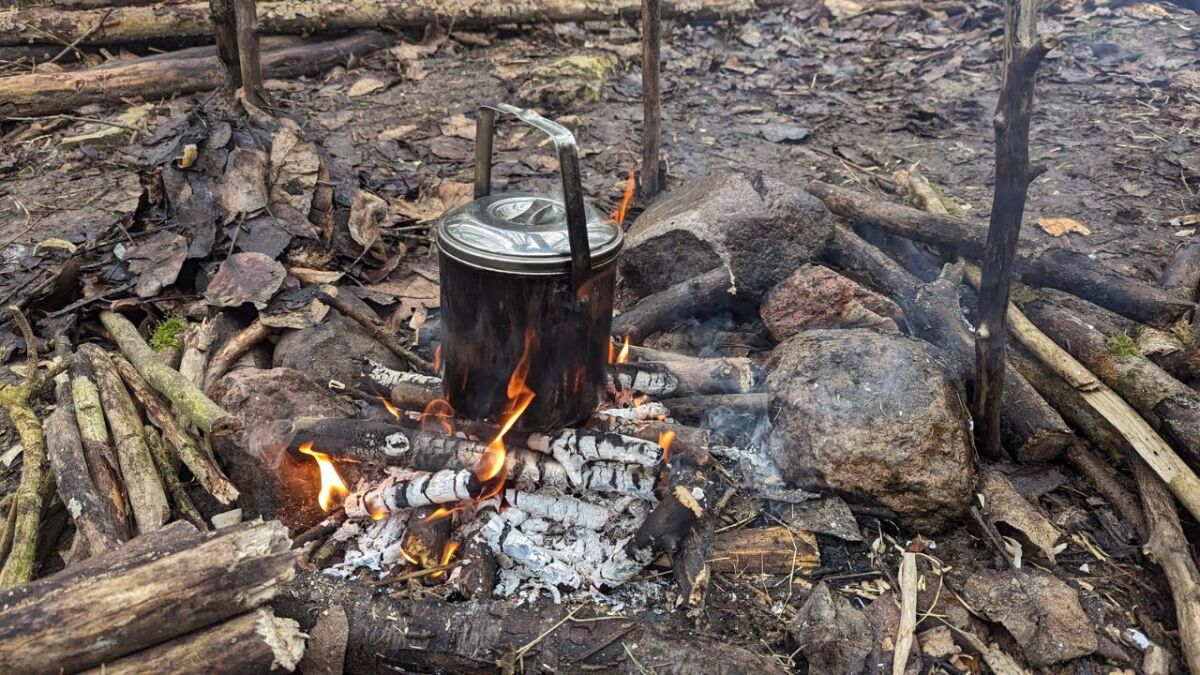
You can pour the water into the bottle or pot and heat it over a fire source until the water boils.
Boiling water kills all bacteria and germs in the water and makes it safe to drink.
It is also essential that you only purify clean water. Avoid collecting water from puddles or streams that may be compromised by animals or other sources of contamination.
Here are more uses for a metal container:
- Cooking food: You can cook water, soups, stews, and even rice or pasta in a pot to prepare a warm meal.
- Distilling water: If the available water is not drinkable, you can distill it in a pot to purify it.
- Collecting rainwater: You can use the pot to catch and collect rainwater if there is no other water source available.
- Heating: You can also use the pot as a source of heat by placing it on a fire source with rocks. You can then dry clothing or gloves on the pot's lid or bring the warm pot into your shelter.
- Making noise: If animals approach, you can bang loudly on the pot to scare them away.
Combined with a fire starter, a metal container for boiling is an essential tool for survival on a deserted island. Make sure to have one with you when setting out!
Also read:
Finding, collecting, filtering, and making drinkable water - the ultimate water guide - Finding water is one of the most important survival skills. In this article, you will learn everything about precious water: how to find, collect, and filter it.
4. Fishing Gear
Another important survival tool on a deserted island is a survival fishing set. Although it is possible to survive by collecting fruits and nuts, it is also important to include protein in your diet.
Catching fish is an effective way to achieve this. With a small fishing kit and the know-how of where the fish are, you have everything you need to fill your stomach.
What's great about it is that you can easily make your fish last longer by drying it.
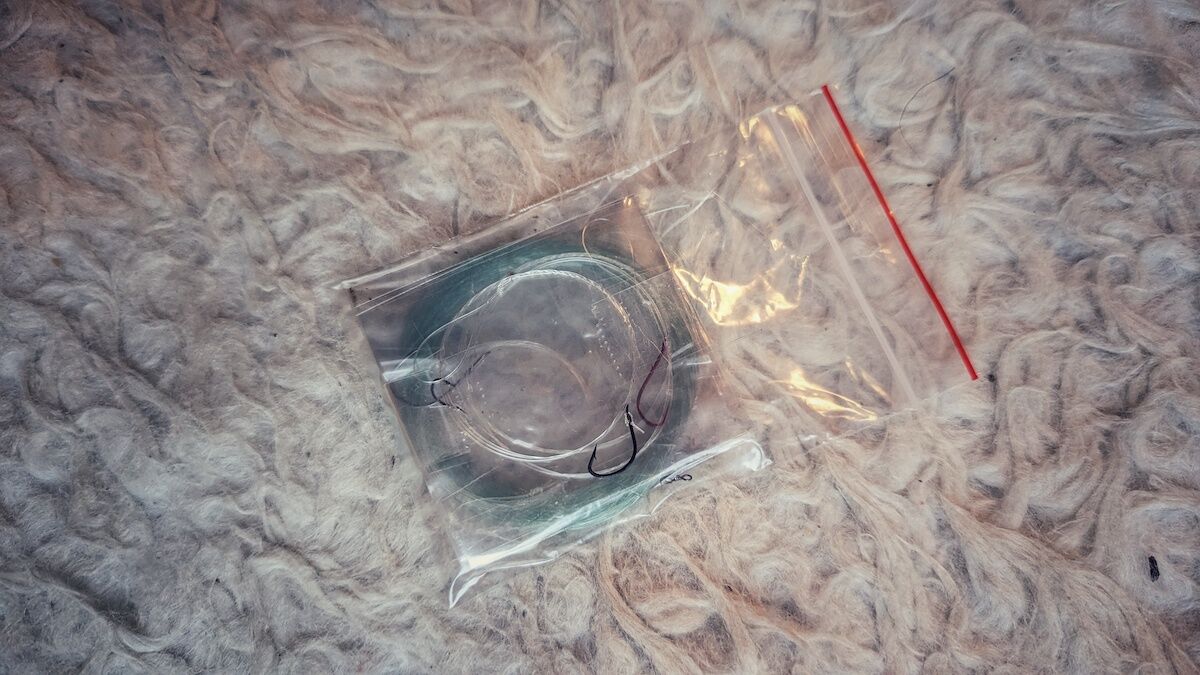
A good fishing kit consists of a fishing line and hooks – that's all you need. It's good to have various hook sizes with you, so you're prepared for any kind of fish.
And don't worry, catching fish is much easier than big mammals. Plus, it uses less energy than hunting, which is a huge bonus when you need to survive on an island.
With a fishing kit in hand, you can take a break and enjoy the beauty of the island while you wait for a big catch.
So pack the fishing kit and rely on sea creatures like fish for your first meals.
But make sure to fry, cook, or steam your fish. Eating raw fish is not a good idea.
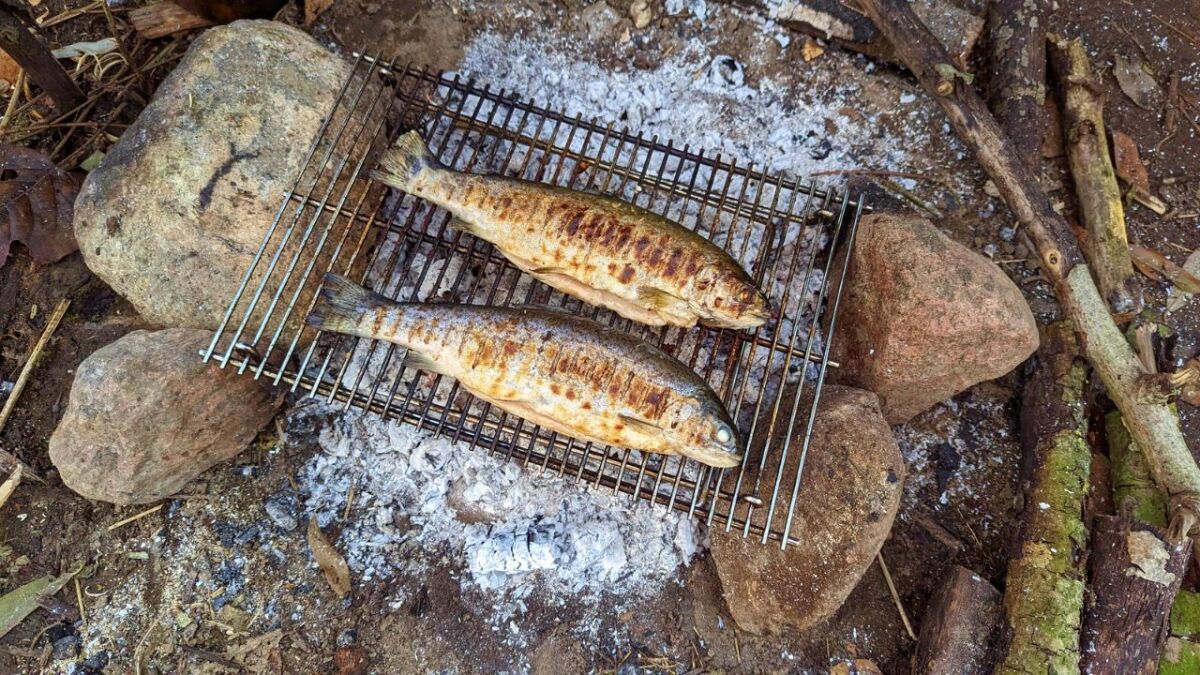
And don't turn your nose up at small fish – it's better to catch many small fish as they make good bait for bigger fish and there are simply more of them.
Furthermore, you can also catch fish without a fishing set if you lose your hooks. You can read about the options available to you in my guide "5 fishing techniques for your survival toolkit - catching fish without modern equipment".
Tip: Not only fish can be caught with a fishing set. You can also catch other sea creatures, such as crabs, with it. It can also be used to catch small mammals. So as you can see, this survival fishing kit is essential in your survival gear.
5. Tarp
Another important piece of equipment is a tarp, which is basically a large piece of cloth or plastic.
Why do you need it? Well, nature can be unpredictable at times and you never know when it will start raining or the wind will pick up.
One of the survival priorities is to protect your body from cold, heat, and moisture.
But don't worry, with a tarp (more information about tarps here) you are protected and have a safe shelter from the elements. So you can use it as a sun, wind, or rain protection.
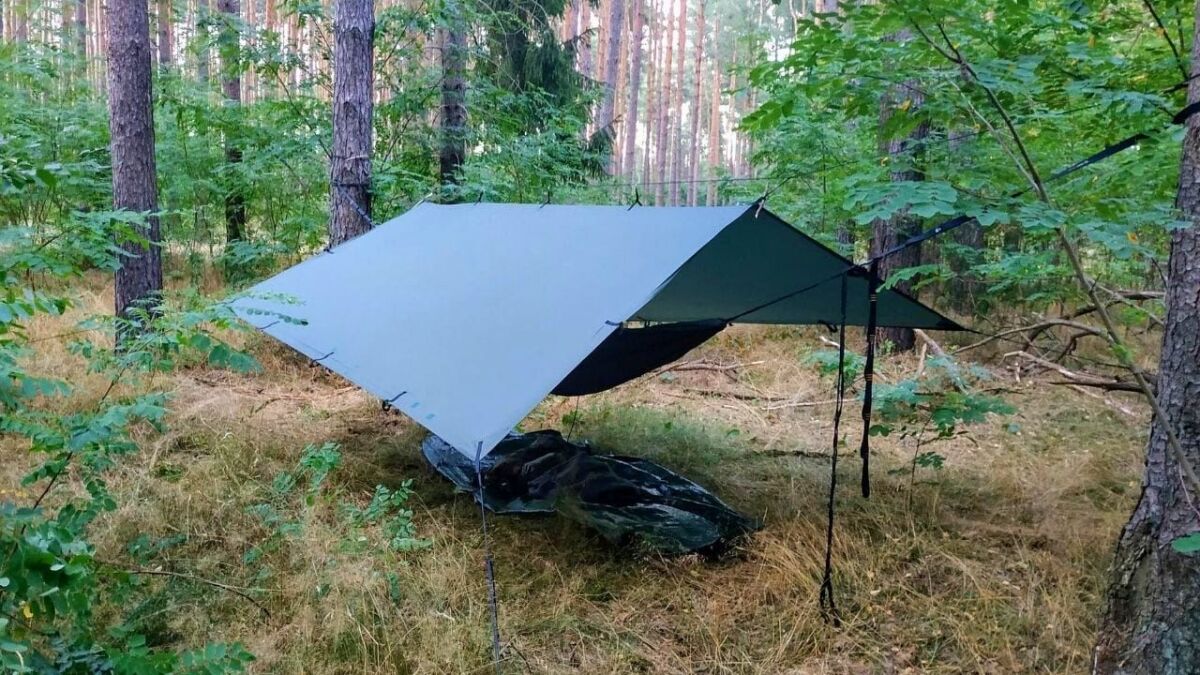
Additionally, a tarp has other functions:
- to collect rainwater
- to protect equipment from water
- to use as an improvised sail
- to build a solar still
- to use as a poncho
- to trap body heat
- to use as a hammock
- to signal for help
- to create an animal trap
- as a pack for a backpack
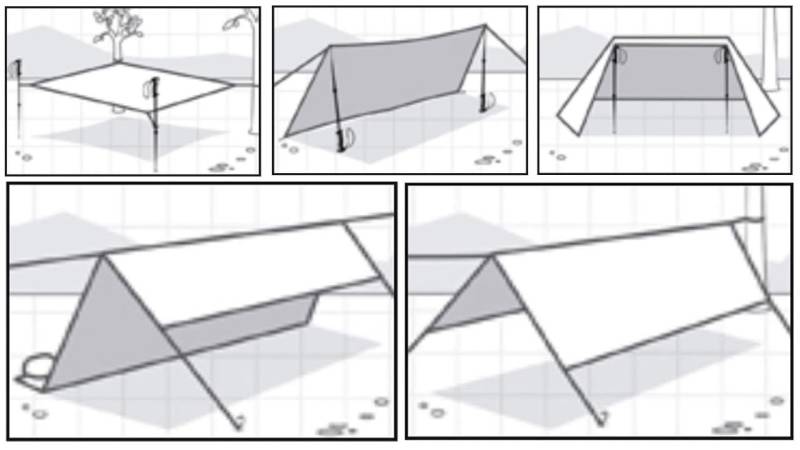
In short, a tarp is an absolute must-have when you're alone in the wilderness. Pack it in!
In line with this, I have created a large guide where you will find 35 survival hacks for a tarp. Read it so that you can always use your tarp in many ways.
6. Rope or Cord
One of the most important things to have with you is rope or cord.
You may think it's not that significant, but believe me, you'll regret not having it with you.
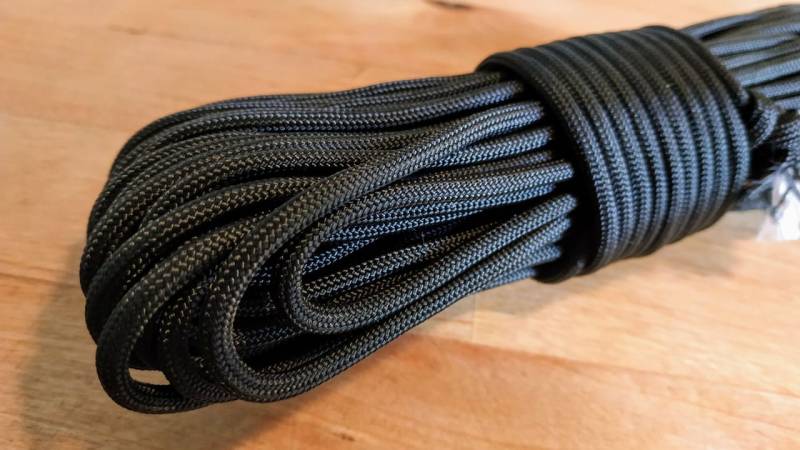
Rope or cord can be useful for so many things, from making a shelter to repairing your equipment. It can also be used as a rescue or fishing line.
Choose a robust and durable rope or cord that can withstand the harsh conditions on an island. Nylon rope or polyester cord are good options as they are durable and weather-resistant.
Remember, rope or cord is one of the most important tools you will need when you have to survive on a deserted island. Pack it in and be prepared for anything nature throws your way!
Also read
How to make your own ropes (picture tutorial + video) - For your Bushcraft and survival, ropes are essential. In this tutorial, you will learn the basics of rope-making using simple plant fibers.
7. First Aid Kit
I have to say that I am torn about which piece of equipment this should be. In the end, I decided on a first aid kit.
The thought behind it is that I don't like to pack things that I probably won't need. For example, I wouldn't pack a saw, I would rather pack a machete or a Khukuri, which is a chopping tool and a knife in one. This way, I can also chop up tree trunks.
My equipment MUST always fulfill multiple functions, and I must be sure that I use them.
Just because I might not find a soft ground, I wouldn't immediately pack a sleeping mat. I am pretty sure that everyone can build a somewhat soft bed out of plants, leaves, needles, etc. Therefore, a sleeping mat definitely does not belong to the essential equipment.
Back to the first aid kit: I think it is important in case something does happen. In the tropics, an infection can progress quite quickly. Or an injury can completely take you out, or make you permanently unable to work. That would be the end for you.
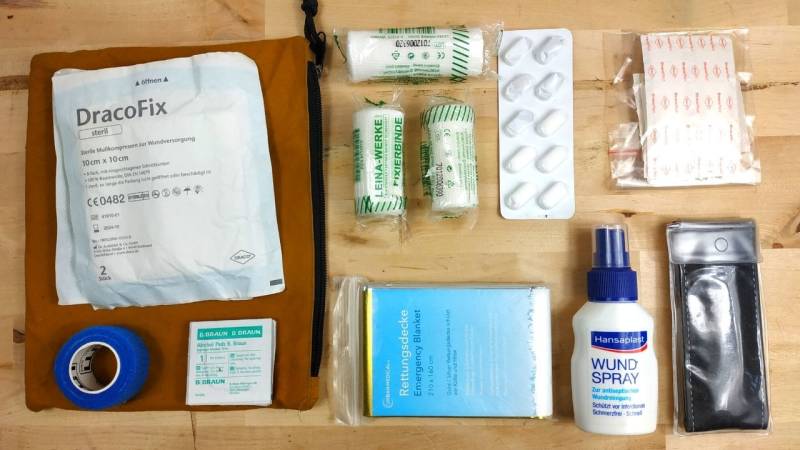
And since my body is the most important tool, I think it is important to take care of it when it is sick.
In my first aid kit, I also have a rescue blanket, alcohol swabs, a needle, and thread. Of course, I also have plasters, painkillers, bandages, and compresses.
BUT: If I had to spend only 7 days on a deserted island, then I would exchange the first aid kit for a headlamp. The headlamp's battery should last for the whole week, and with 4800 mAh, the Ledlenser H7R Core headlamp definitely wins here. With this headlamp lasting up to 65 hours, I could work 8-9 hours in the dark every day.
Clothing that I would take and wear
If I had the choice, I would wear as much clothing as possible. Any kind of clothing can be processed into various things, such as filtering material or string.
It is especially important to have sturdy pants, a warm jacket, and sturdy shoes. Imagine having to walk around the island, and everywhere there are sharp stones? Without sturdy hiking shoes, you'll be in trouble here.
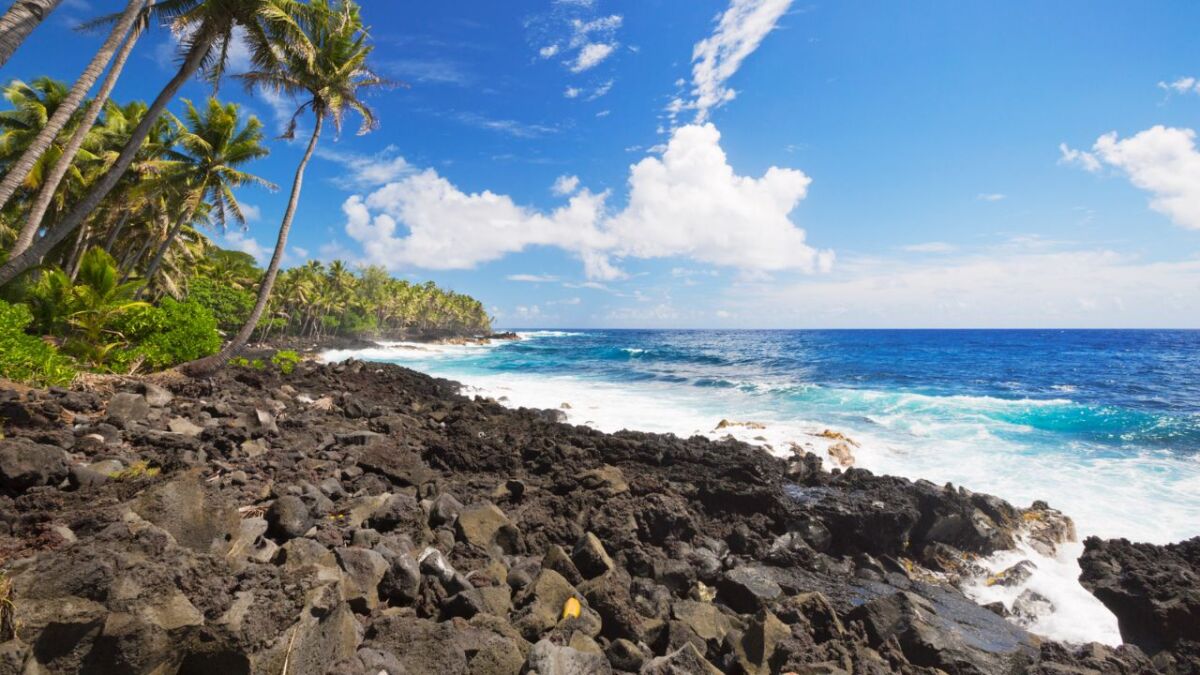
If possible, I would also take a shemagh.
The shemagh can be used as sun protection, sand, dust, and smoke protection. It keeps me cool when I soak it in water and place it on my head or neck. It is a towel or washcloth, rope, belt or bag, as well as a bandage, tourniquet, or sling. The applications are extremely versatile.
What do you need to survive on a deserted island?
If you are stranded on a deserted island, you need to take care of basic needs as quickly as possible to survive.
Once these needs have been met, one can start looking for a permanent solution for life on the island. This includes, among other things, building a proper shelter, gathering and preserving food, and making tools.
In order to survive on a deserted island, in addition to the things mentioned above, one also needs:
Edible plants and animals
So, not only do you need survival gear and tools to survive on a deserted island, but also adequate food. This is where plants and animals come into play and there are many options to obtain them.
Of course, it is not guaranteed that there are edible plants and animals on your deserted island. But it is definitely worth looking for them.
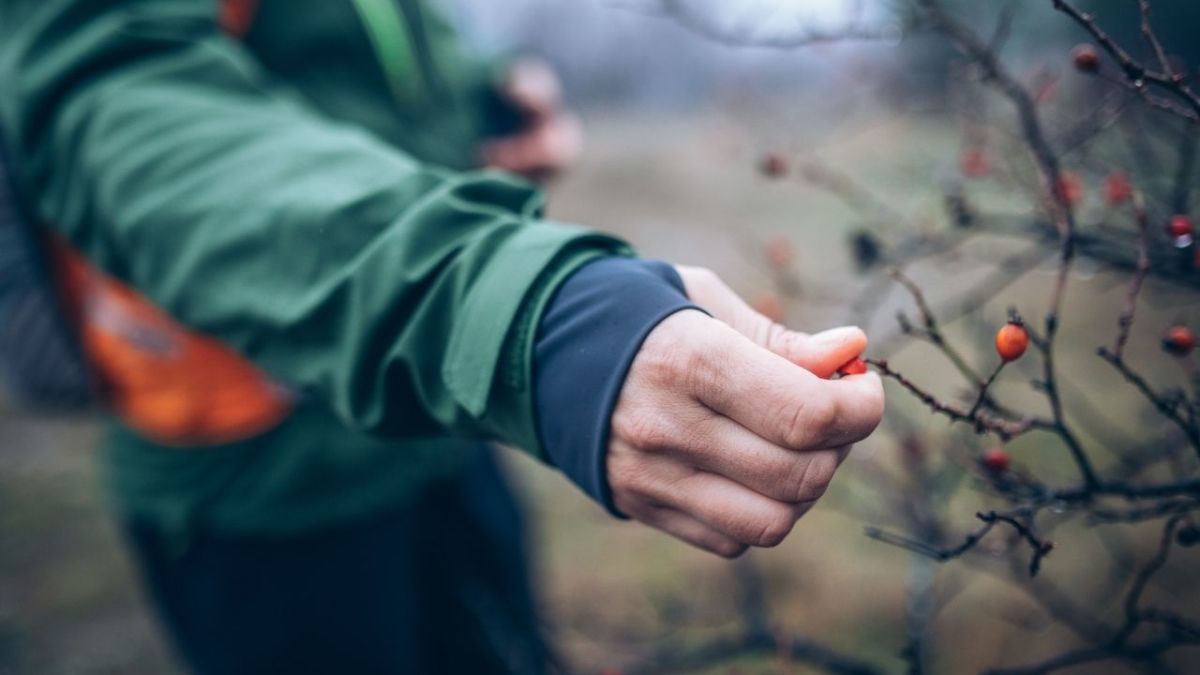
Plants like coconuts, bananas, pineapples, or papayas can be found on deserted islands. But be careful! Make sure you know which plants are poisonous and which are not before eating them.
Animals like crabs, birds, or fish can be caught with a fishing kit that we have already discussed. But here too, you should be careful and inform yourself about which animals are poisonous and which are not.
Smaller animals, such as ants and grasshoppers, should be heated up before eating.
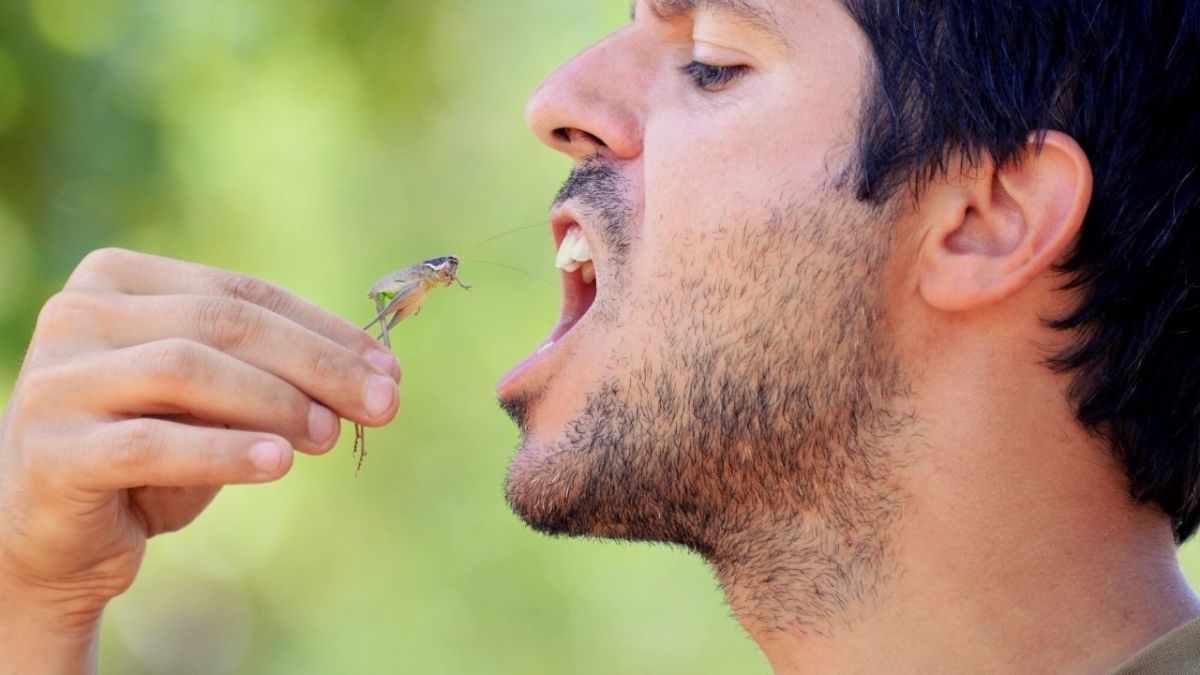
Take a look at this survival food pyramid and you will know what should be at the top of your menu.
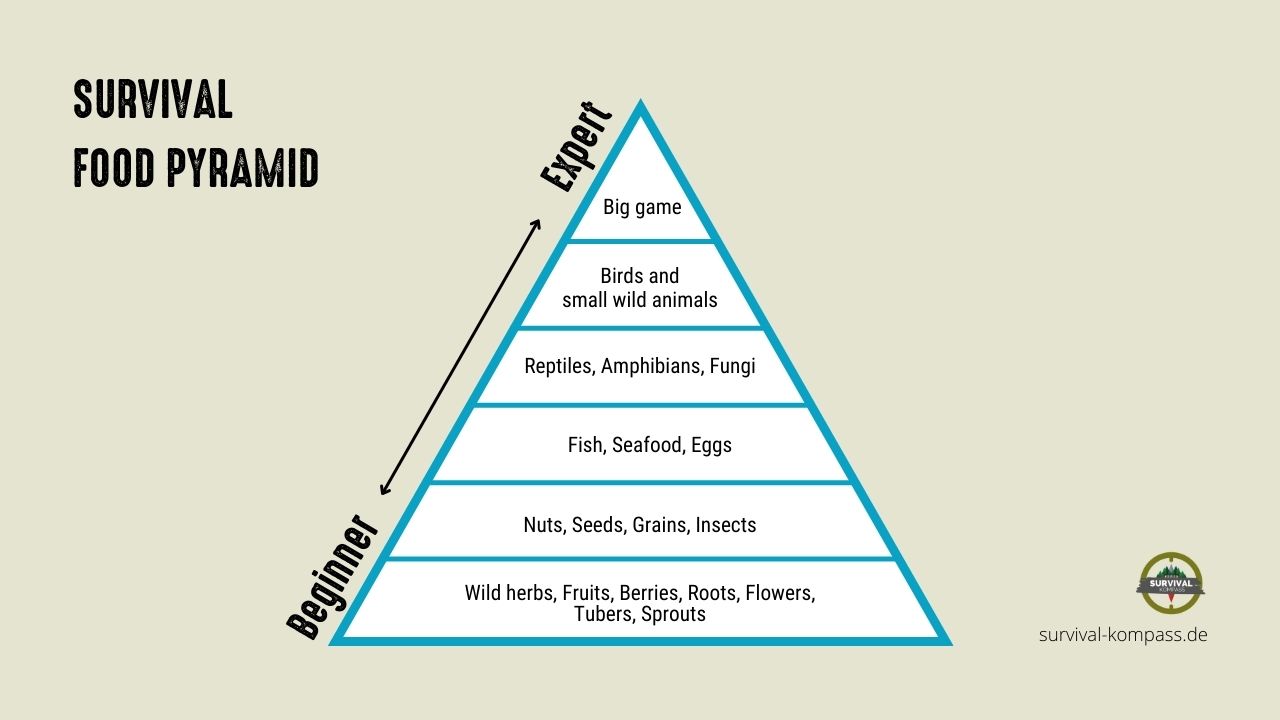
A good preparation and knowledge about plants and animals on a deserted island can decide about your survival. So inform yourself beforehand - here on my blog you will find many guides on this topic.
My tip: Start looking for emergency food from the forest in our climate and try it out. For this purpose, I have written a huge guide - one for food in summer and one for food in winter.
A water source
Great, now we come to the most important topic on a deserted island: water!
Without water, you won't survive on any island, so we need to find a solution to have enough of it.
First of all, you should find a water source on your island. This can be a river, a lake or a well. But be careful, sometimes the water in these sources may not be drinkable.
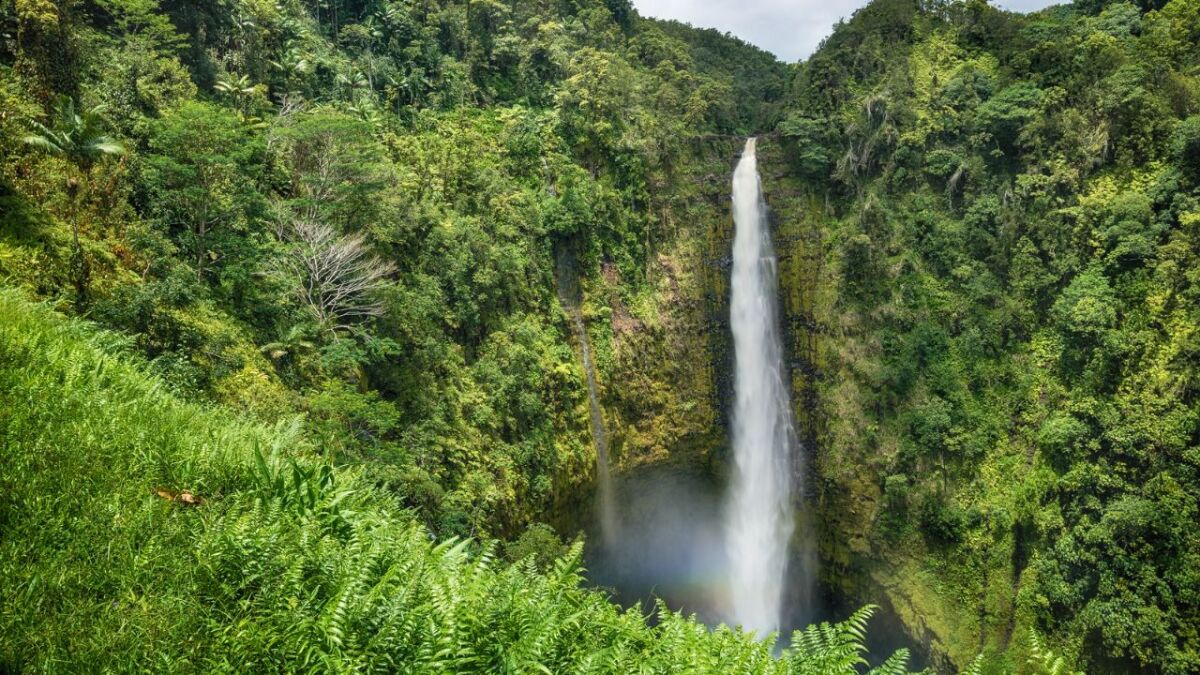
To make water safe, you should always boil it shortly - that's why we brought our metal container with us.
Another way to obtain water is through transpiration (check out my article on this topic here). Essentially, this involves collecting green plants and extracting their water by placing them in a bag and letting the sun shine on the bag. You can then drink the moisture.
Another option for obtaining water is through desalination of seawater. This requires special equipment, but it is possible to obtain drinkable water from salty seawater.
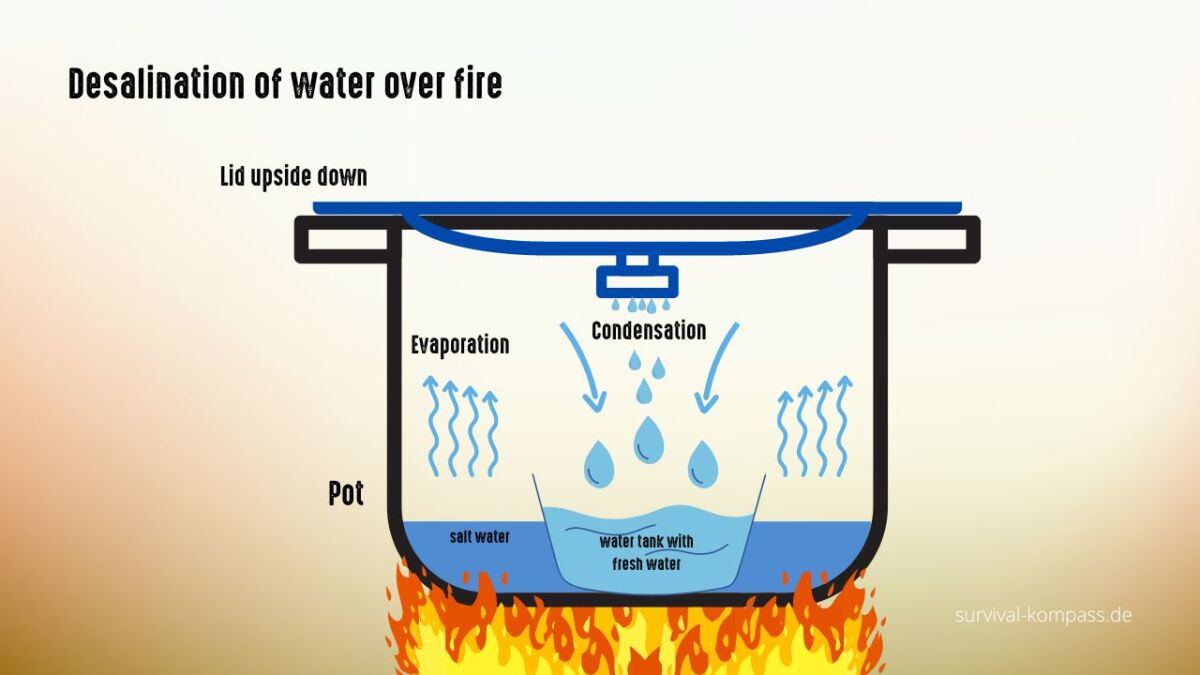
Overall, it is important to always be on the lookout for sources of water and to know possible solutions for purifying water in order to survive on a deserted island.
If you don't have a pot or metal bottle, you can still boil water in a plastic bottle in an emergency (YouTube video) or use alternatives such as wooden bowls.
Medical Equipment
Let's be honest: no one wants to be sick or injured on a deserted island without the necessary means to help themselves.
That's why it's important to think long-term about your medical equipment.
First and foremost, you should always have a few basic things with you, such as bandages, painkillers, and antibiotics (if possible).
But if you don't have all of that with you, don't worry! Nature offers us a variety of medicinal plants and trees (here's a list) that can be used to help ourselves.
For example, healing ointment can be made from aloe vera gel or chamomile tea can be consumed to reduce inflammation.
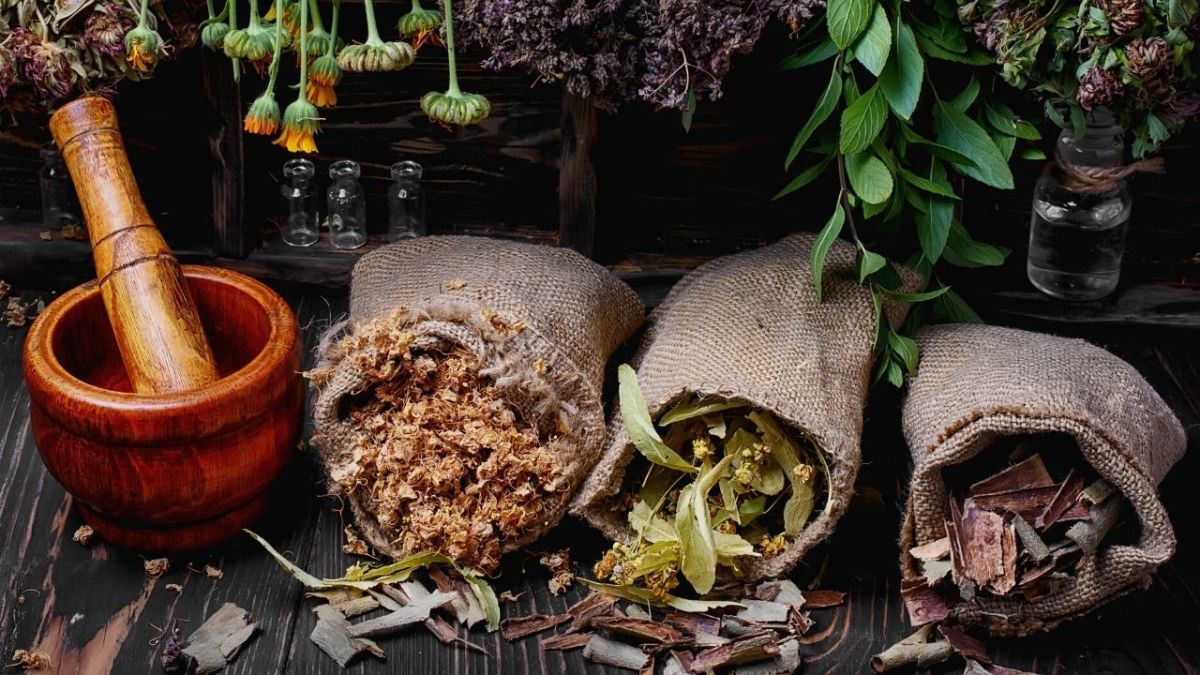
It's important to inform yourself beforehand and know how to use these things. Because in case of an emergency, you have to be able to act quickly.
A medical kit is absolutely necessary on a deserted island. And if you don't have everything with you, you still have nature by your side.
Read also
Grow your own backyard pharmacy with these effective medicinal herbs - Many medicinal herbs can be grown in your own garden. Find out which ones and how they can help you stay healthy in this guide.
A tool for hunting and fishing
A tool for hunting and fishing is an absolute must! A simple fishing kit is already a great start and you already have that with you.
But if you're really adventurous, you can also build a bow or a slingshot. These tools enable you to hunt larger animals and ensure your survival.
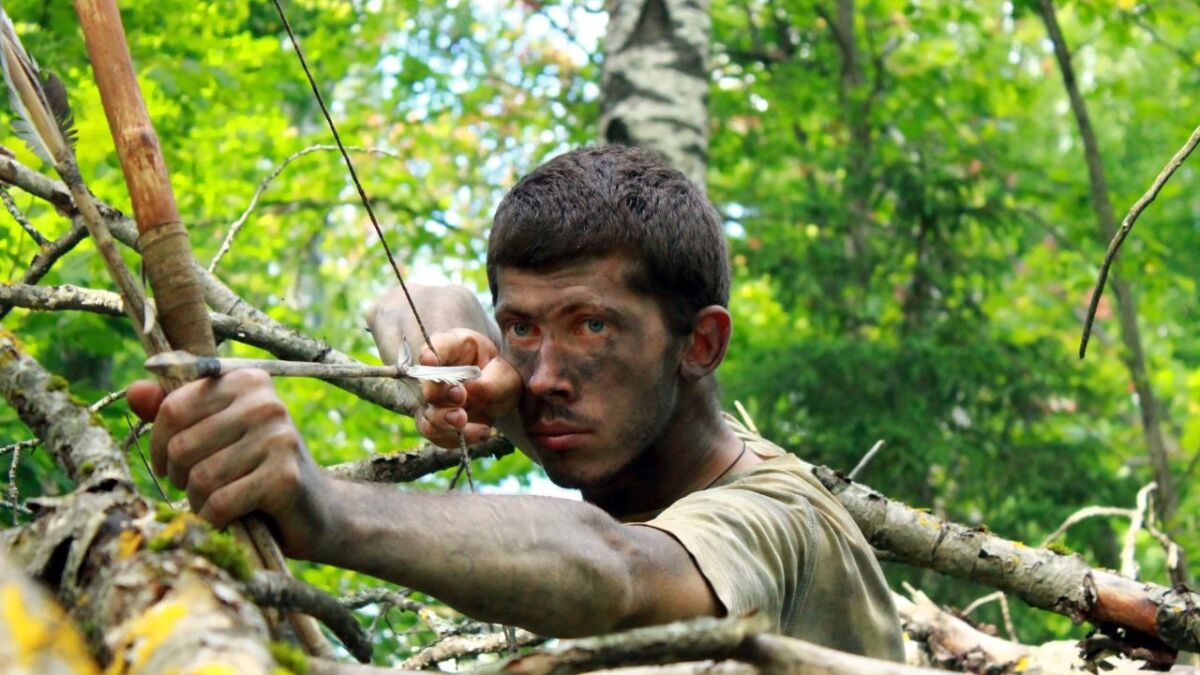
Traps are also perfect for catching animals such as fish (with a trap) or small mammals, conserving energy.
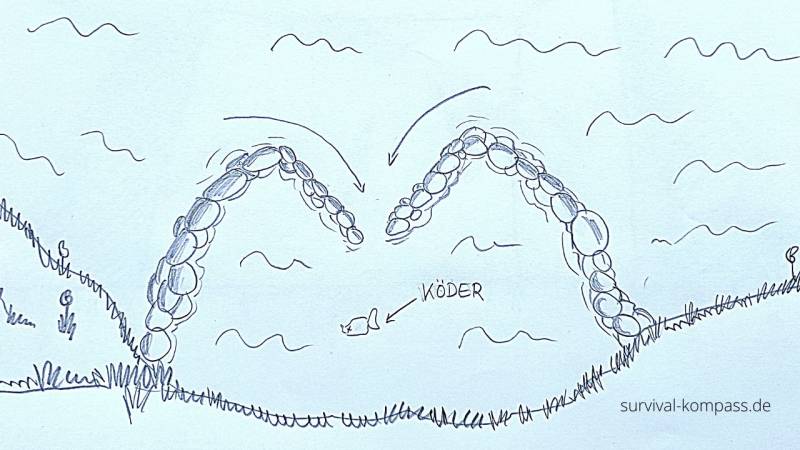
A good cutting tool is also essential, as I mentioned earlier. You can use it to gut fish and cut meat. Additionally, you can use it as a tool to collect wood and create tools.
Of course, you should also trust your skills as a hunter and fisherman. Practice fishing and hunting so that you can rely on yourself when it matters.
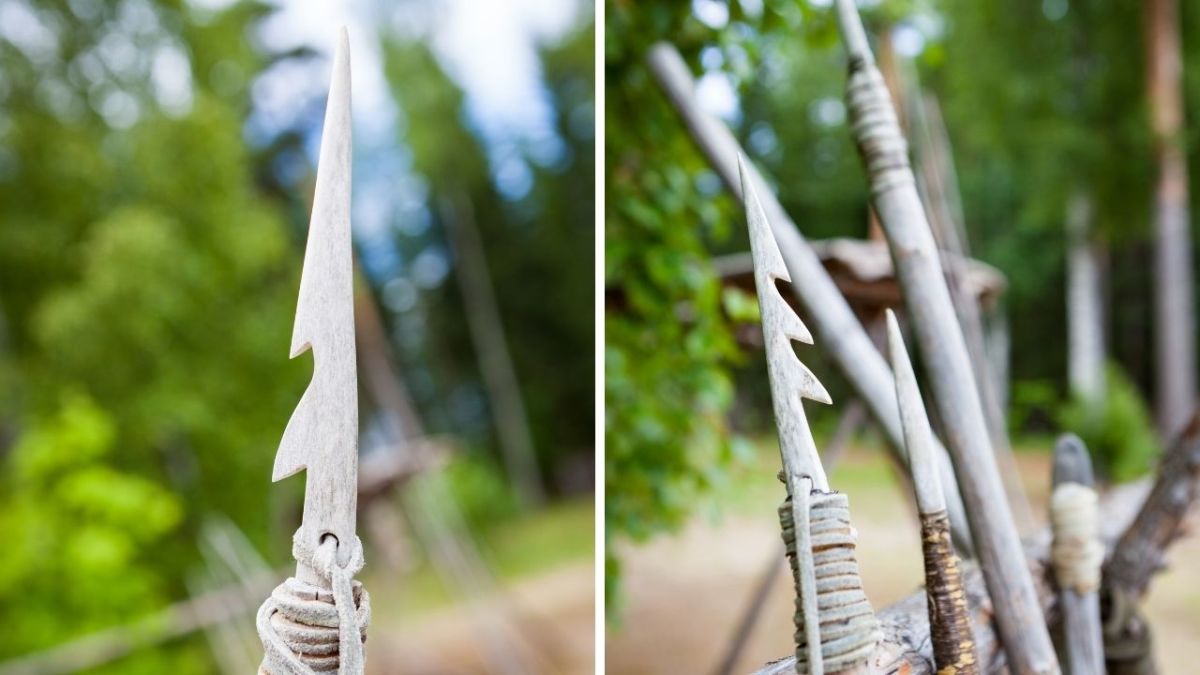
But don't forget to respect nature, conserve your resources, and only hunt and catch what you truly need.
Clothing and Protection from the Elements
If you are stranded on a lonely island, it's not just important to have enough food and water, but also to protect yourself from the elements.
You need to make sure that you are always dry and warm, as rain, sun, and wind can quickly wear you down otherwise.
But what if you don't have any clothing? Don't worry, because you can make your own clothing from plant fibers!
You can use plant fibers from banana trees, coconuts, or even bamboo to make your own clothing. Also, keep in mind—if you have caught a larger animal—that you can create leather from its skin.
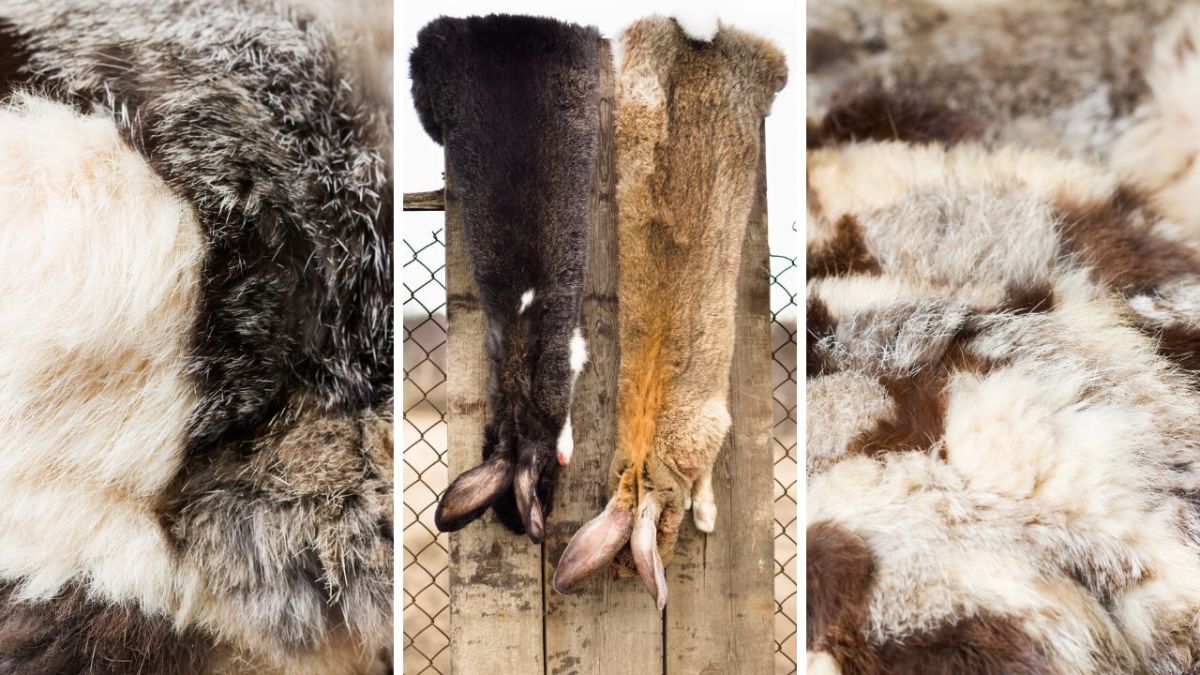
By having homemade clothing, you can protect yourself from the elements. Additionally, you have control over the fit and size. Imagine feeling much better in comfortable clothing that you made yourself.
So don't forget to equip yourself with the right materials for clothing making and learn the essential skills in clothing making (such as weaving) before going to a deserted island. It will be worth it.
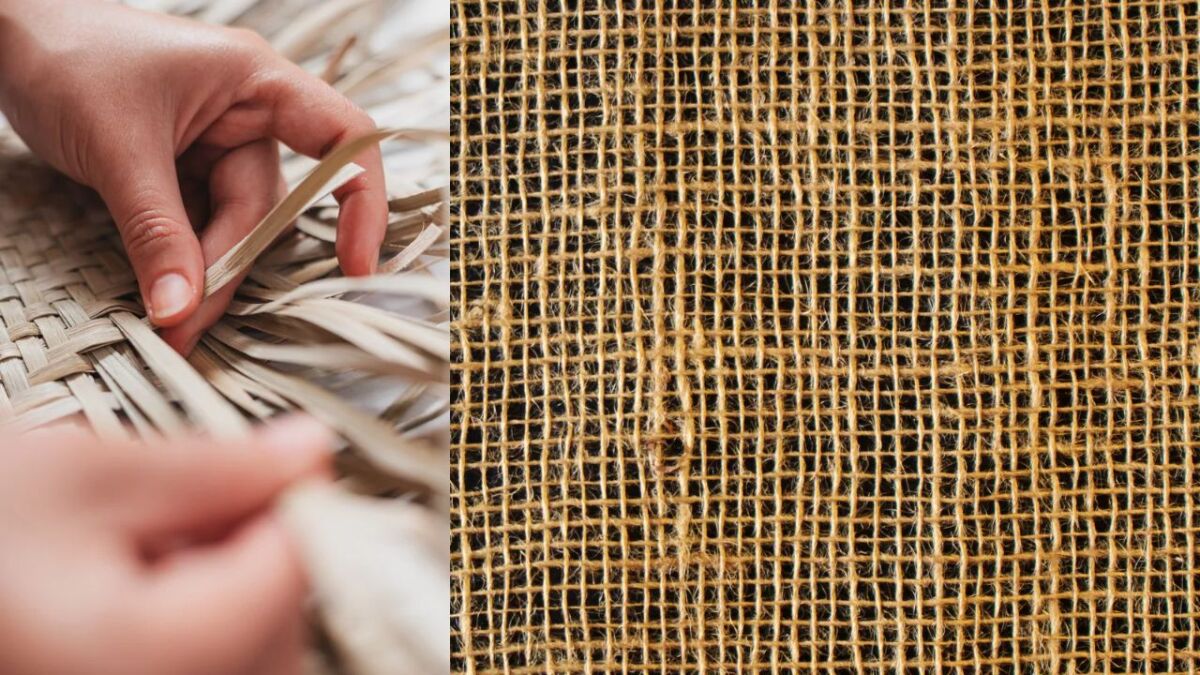
What should you do first to survive if you are stranded on a tropical island alone?
If you're stranded alone on a tropical island, I consider the following steps essential:
- Check your injuries and attend to them if necessary.
- Look for a sheltered spot for protection from the elements, such as under a tree or in a cave.
- Find drinking water by gathering information about the environment. Explore the island and look for water sources, edible plants, and animals.
- Search for possible resources such as wood, plant fibers, and flowing water.
- If you have water, create a temporary shelter to protect yourself from the elements.
- Try to start a fire to warm yourself and cook food.
- Reassess your situation and plan your next steps to increase your chances of survival (e.g. creating signals).
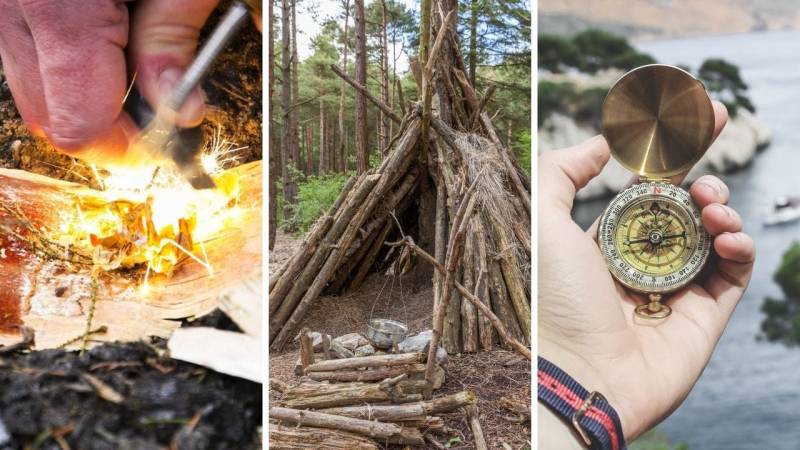
It is also important to stay calm and think rationally to ensure that you behave as effectively as possible in a survival situation.
Furthermore, this list does not necessarily have to be completed in order.
It all depends on your situation!
For example, you may find drinking water immediately, but need to protect yourself from extreme heat.
Summary
It is essential to arrive well-prepared on a deserted island in order to survive. There are certain things that you should definitely bring to increase your chances of survival.
This includes a cutting tool, such as a machete or survival knife, a water purification system, a fireplace, a shelter, and a fishing kit.
Collecting edible items, creating tools, and providing medical care are also super important for surviving on a deserted island.
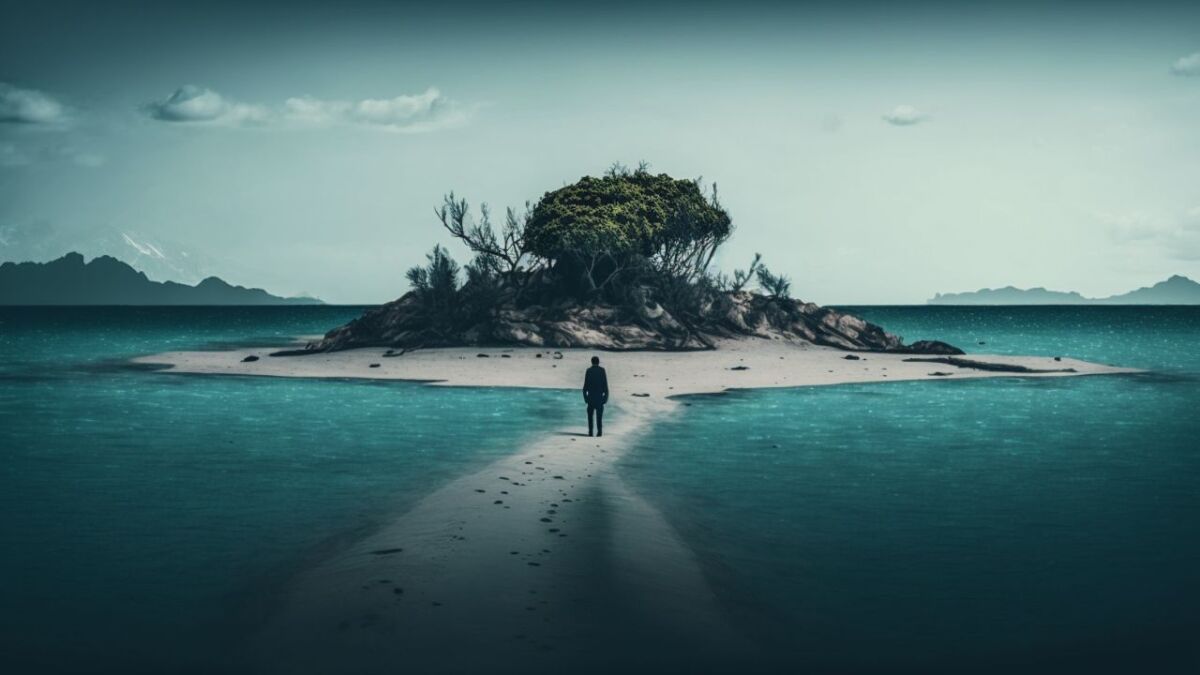
When stranded on an island, you should fulfill your essential needs as quickly as possible and then think about a permanent solution for living on the island.
Above all, it is important that you prepare yourself for such situations and possess survival skills and equipment.
Even though the idea of living on a deserted island may be appealing to many people, you should be aware that there are many challenges and dangers.
Being stranded alone on an island is a disaster and by no means romantic.
But if you're well-prepared and there are enough resources, you can survive on a deserted island permanently.
I hope this guide has helped you learn more about the topic. Would you bring any other equipment than me? Write it here in the comments.


Author of the guide
Martin Gebhardt
Hey, I'm Martin. On my blog, you will learn the basics and numerous details about living in the wild. I think survival, bushcraft and the good life in nature are the keys to happiness. Find me here on Instagram or on YouTube. You can find more about my mission on the About Me page.
Was this guide helpful?
24 people found this guide helpful.
5.00 out of 5 points (24 Ratings)
Comments (0)
This post may contain affiliate links. So if you click on the links and make a purchase, I will receive a small commission at no additional cost to you. Click here, to learn more about it.


